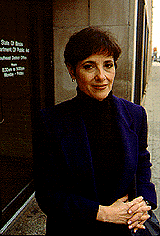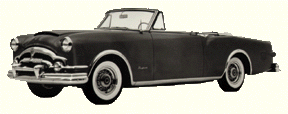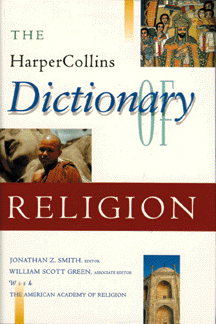 The University of Chicago Magazine April 1996
The University of Chicago Magazine April 1996
Return to April 1996 Table of Contents

Citations
- States already experimenting with welfare-to-work programs, argues Evelyn Brodkin of the School of Social Service Administration, provide hard lessons both on what it will take to implement such programs--and to transfer control from the federal government.
- In Aging and Old Age, Richard Posner considers the economic reasons why older people think and behave differently that younger people.
- The strange behavior of a fruit fly's giant sperm, discovered by the U of C's Tim Karr, might shed light on unexplained cases of human male infertility.
- A Graduate School of Business study says car fashions don't change as quickly as they once did--because such changes cost so much.
- The Divinity School's Jonathan Z. Smith edits The HarperCollins Dictionary of Religion.
Also in Investigations:Not just a paper chase: Crumpling, explains Physicist Tom Witten, occurs on scales from the microscopic to the geologic.
Citations
Blocked Grants?

How will poor families fare if welfare reformers transfer power over programs from Washington to the states? One answer, says the School of Social Service Administration's Evelyn Brodkin, comes from states already experimenting with welfare-to-work, as Illinois is with its Project Chance. In a two-year study of that program, Brodkin found that caseworkers in Chicago's poorest areas often lacked the resources their clients needed, like training programs and child support. Quantitative measures missed such shortcomings in part because agency quotas pressured caseworkers to certify unqualified clients as "job ready." Brodkin's conclusion: Simply expanding states' flexibility won't fix welfare. The problem, she says, is "not so much what the state says it will do, but what it is able to do." If funding cuts rule out implementing welfare-to-work programs, she adds, the next-best plans may be those that merely provide cash assistance--a function that states "are actually good at."
Gray Nation.
As the proportion of elderly Americans steadily climbs, Law School senior lecturer and federal judge Richard Posner asks, Why are the elderly different from the young? In Aging and Old Age (U of C Press), he applies economic insights to why older people think and behave differently; to issues such as social security and assisted suicide; and to questionable forecasts about an aging America.
Tailspin.

Giant sperm measuring two inches long? This freak fact of certain fruit-fly species may not faze biologists, but a discovery by the U of C's Tim Karr and Bowling Green State University's Scott Pitnick just might: During fertilization, up to half an inch of a giant sperm's tail gets crammed inside the egg--for no known reason. Reporting in Nature, Karr and Pitnick say the tail--which, unlike the sperm's head, holds no genetic information--can be randomly tangled or coiled, Slinky-like, inside the egg (see photo). Discovering its purpose there may shed light, says Karr, on unexplained cases of infertility among human males.
No Sale.

The cheapest time to buy a car is, tradition says, September--just before the new models arrive. No longer, argue B. Peter Pashigian and Eric Gould, AM'91, of the Graduate School of Business, and the Chicago Mercantile Exchange's Brian Bowen, AM'86. Because the cost of radical style changes has risen over the past 35 years, new cars look--and hence cost--more and more like last year's. Now, makers focus on better engines and gadgetry, but the upshot, say the authors, is that autos aren't the fashion items they used to be.
The Good Book.

Give 327 scholars six years, nearly 1,200 pages, and the awesome topic of the whole world's religions, and the result--under the editorial leadership of the Divinity School's Jonathan Z. Smith--is a fascinating reference for the general reader. The HarperCollins Dictionary of Religion, a collaboration with the American Academy of Religion, covers religions modern and ancient, well-known and obscure--their people, beliefs, texts, practices, art, and architecture. Timelines, maps, and photos augment the volume's 3,200 entries, as do features on the world's major traditions, new religions, and theological scholarship. Quoting a colleague, Smith notes in his introduction, "He who knows but one religion knows none." Here is a sure remedy.
Written by Andrew Campbell.
Go to:Return to April 1996 Table of Contents
 The University of Chicago Magazine April 1996
The University of Chicago Magazine April 1996


